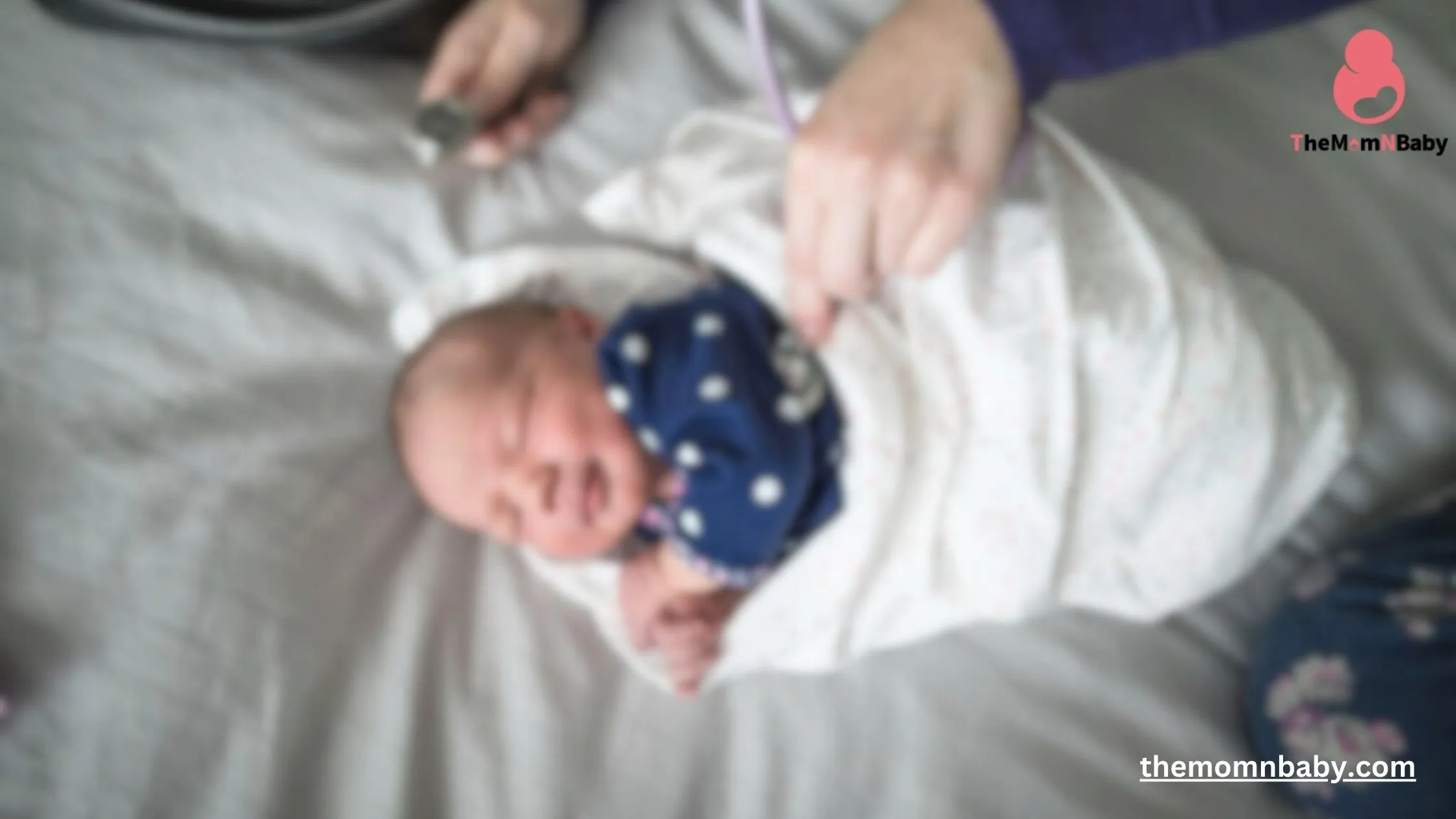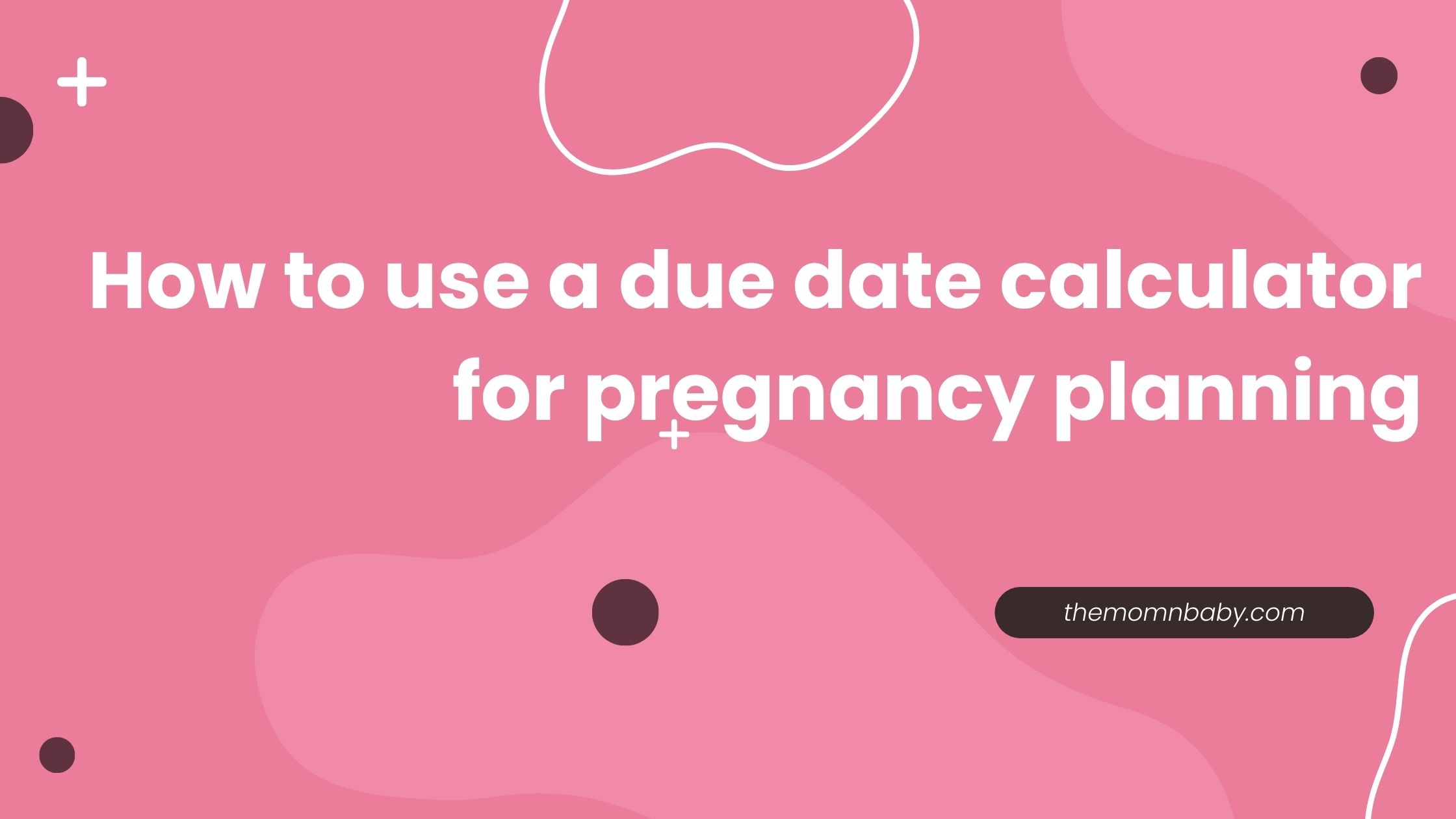
Birthing method provide various options for how babies come into the world. These methods encompass different approaches to childbirth, and each one has its own unique set of ideas and practices.
The choice of birthing method is a personal decision, influenced by individual preferences, cultural traditions, and medical considerations. This guide will explore different birthing methods, explaining their characteristics and benefits. Whether you opt for a natural home birth or a modern hospital delivery, understanding the options is essential for making informed choices that prioritize the safety and well-being of both mother and baby.
Let’s start this journey through 4 unique birthing methods, learning about the different ways new life can be brought into the world and how they each contribute to the beautiful, diverse tapestry of human birth experiences.
All About Various birthing methods
Various birthing methods offer expectant mothers diverse approaches to childbirth. Here’s a list of some popular ones:
- Water Birth
- Hypnobirthing
- Home Birth
- Acupuncture and Acupressure
- Cesarean Section (C-Section)
- Induction
- Vaginal Birth
Each method brings unique techniques and philosophies, catering to individual preferences and circumstances. The choice depends on the mother’s needs and consultation with healthcare providers.
1.Water Birth: A Unique Birthing Method
Let’s talk about water birth. Water birth is a way to have a baby where the mom-to-be spends the first part of labor and sometimes gives birth to her baby in a special pool of warm water. This method has some great benefits.
First, the warm water helps reduce pain. It makes the mom feel lighter and more comfortable. It’s like getting a warm, comforting hug that makes contractions hurt less. Some moms say it’s like a natural pain-relief method.
Second, being in the water helps the mom relax. The warm water calms her down and makes her feel less stressed during labor. It’s almost like having a spa experience during childbirth, creating a peaceful feeling.
Third, water birth makes it easier to move around. During labor, finding a comfortable position can be hard. But in the birthing pool, the water supports the mom’s body, so she can change positions easily. This gives her more freedom to find what feels best.
Lastly, studies suggest that water birth might lead to fewer medical interventions. This means less need for things like epidurals or forceps deliveries. This is great for moms who want a more natural childbirth experience.
But it’s important to know that water birth isn’t right for everyone. Not all moms can use this method, and a healthcare expert should supervise it to keep everyone safe. The pool and environment must meet certain rules, and regular checks make sure the mom and baby stay healthy.
Read More : Water Birthing Technique Guide: Everything You Need To Know
2. Hypnobirthing: An Empowering Birthing Method
Let’s talk about hypnobirthing. It’s a pretty cool way of having a baby.
The big idea behind it is kicking fear to the curb. See, many people get pretty scared about giving birth, and that fear can make labor harder and more painful. Hypnobirthing is all about making the whole experience calm and chill.
Now, here’s a neat trick they teach you: breathing. It’s not your everyday breathing, though. It’s like a secret code to staying cool and in control during labor. This special way of breathing helps you deal with the pain of contractions and keeps you in the zen zone.
But wait, there’s more! Hypnobirthing says, “Use your imagination!” You create this mental picture of a fantastic and peaceful birth. By thinking about it, you can actually make it happen. It’s like using your mind’s superpowers to help your body.
Your partner isn’t left out either. They’re part of the fun too! They learn how to be your cheerleader and support you through this magical experience.
The best part? Hypnobirthing can make labor less painful and reduce the need for medical help. It’s like a magic wand that makes giving birth a beautiful and empowering adventure.
3. Home Birth: A Personalized Birthing Method
Home birth is a birthing method where moms have their babies at home. It’s a choice that many women like because it’s cozy and comfy.
One big plus is that you’re in your own familiar space. Hospitals can be scary, but your home is where you feel safe and relaxed. This helps you stay calm during labor.
Another great thing is the personal care. Midwives, who often help with home births, give you one-on-one attention. This means someone’s there just for you, making you feel in charge of your birthing.
You also get more say in how things go. You can pick where you want to give birth, like your bedroom or living room, or even outside if you prefer. This freedom makes labor more relaxed and empowering.
But, home birth isn’t for everyone. If you have a high-risk pregnancy or might need quick medical help, it’s safer to be in a hospital. So, always talk to a healthcare provider to make sure you’re making the right choice for you and your baby.
4. Acupuncture and Acupressure: Natural Birthing Methods
Certainly, let’s delve into more detail about acupuncture and acupressure as alternative birthing methods. These techniques have gained popularity for their ability to assist expectant mothers during labor.
Acupuncture is rooted in traditional Chinese medicine and involves the use of very thin needles placed at specific points on the body. These points, when stimulated, are believed to trigger the release of endorphins, which are the body’s natural pain relievers. The result is a reduction in pain and increased relaxation during labor. Acupuncture provides a drug-free means to manage pain and stress, offering a natural and holistic approach for mothers looking for non-pharmacological options.
Acupressure, on the other hand, is a non-invasive method that uses pressure rather than needles. Pressure is applied to particular points on the body using fingers, thumbs, or specially designed tools. This method aims to reduce muscle tension, alleviate pain, and induce a sense of relaxation. Like acupuncture, acupressure offers expectant mothers a drug-free alternative for managing labor pain, making it an appealing choice for those seeking natural pain relief methods during childbirth.
Both acupuncture and acupressure provide a holistic and gentle approach to pain management, emphasizing the body’s innate ability to heal and relax. These methods can be integrated into a comprehensive birthing plan to help make labor a more comfortable and less stressful experience for expectant mothers.
5. Cesarean Section (C-Section): Surgical Birthing Method
A Cesarean Section, often called C-Section, is when doctors make a special cut in a mom’s tummy to take the baby out. They do this when there are problems or if it’s safer for the mom and baby. After a C-Section, the mom needs more time to get better because it’s like having surgery.
Read More : C-Section (Caesarean Section): What It Is? How It’s Done? And Associated Risks
6. Induction: Starting Labor Safely
Induction is when doctors start labor on purpose using medicine. They do this when they think it’s better for the baby to be born early, or if the mom is having problems. Induction can make the contractions stronger and sometimes more painful.
7. Vaginal Birth: The Natural Birthing Method
Vaginal birth is when the baby comes out through a mom’s private area. It’s how most babies are born. Some moms have medicine to help with the pain, like an epidural. If everything goes well, it’s usually the best way for a baby to be born. Moms get better faster after this kind of birth, and it’s not like having surgery.
Read More : C-Section & Vaginal Delivery – Choosing The Best Birth Option
Avoid These Birthing Methods If You Have…
Here’s information about different birthing methods and factors to consider when deciding if they are suitable for you:
1. Water Birth as a Birthing Method:
- Water birth is a birthing method where you labor and possibly give birth in a warm water pool. However, it’s not recommended as a birthing method if you have specific medical issues or complications, like preeclampsia (high blood pressure during pregnancy) or if your pregnancy is considered high-risk. In these situations, you need continuous monitoring and quick access to medical care, which may not be readily available in a water birth setting.
2. Hypnobirthing as a Birthing Method:
- Hypnobirthing is about staying relaxed and calm during childbirth. It involves practicing relaxation, self-hypnosis, and visualization techniques. If you can’t commit to practicing these techniques before labor or aren’t comfortable with the approach, it might not be the right birthing method. Achieving the desired results from hypnobirthing requires consistent effort and practice.
3. Home Birth as a Birthing Method:
- Home birth is when you choose to have your baby at home. It’s a decision many moms make to create a comfortable environment. However, it’s not advisable as a birthing method if you have a history of complications during previous pregnancies or if you live far from a hospital. Complications can arise during childbirth, and if you’re not near a medical facility, it can be risky. You should also avoid home birth as a birthing method if you’re not comfortable with the idea of not having immediate medical assistance nearby if needed.
4. Acupuncture and Acupressure as Birthing Methods:
- These birthing methods use needles or pressure points to manage pain and promote relaxation during labor. They might not be suitable as birthing methods if you have a strong fear of needles or are uncomfortable with the idea of pressing specific points on your body to relieve pain.
5. C-Section (Cesarean Section) as a Birthing Method:
- A C-section is a surgical birthing method typically necessary for certain medical conditions, breech births, or complications during labor. However, you should avoid it as a birthing method if there are no medical reasons for it. A C-section is major surgery and comes with longer recovery times compared to natural childbirth.
6. Induction as a Birthing Method:
- Sometimes, labor is started with medication, which is known as induction. It’s best avoided as a birthing method if there’s no medical need for it. Induction can lead to a more intense and potentially more painful labor compared to natural labor. It’s typically used when continuing the pregnancy poses risks to the mother or baby.
In summary, there are many different ways to have a baby, like water birth, hypnobirthing, home birth, acupuncture, and acupressure. These methods focus on making moms comfortable, relieving pain, and giving personalized care during childbirth. They empower women to be part of the birth process.
But remember, choosing how to have a baby is a big decision. It depends on what you like, what’s safe for you and your baby, and what your doctor says. Every pregnancy is different.
The most important thing is that moms feel supported, informed, and in control during their baby’s arrival. This helps them have a safe and positive birthing experience, making both mom and baby healthy and happy. In the end, it’s a very personal journey, and the main goal is to welcome the new baby with love and confidence.
Frequently Asked Questions (FAQ) About Different Birthing Methods
Q. What are birthing methods?
– Birthing methods are ways to have a baby. They help make childbirth more comfortable and less painful. Some options include water birth, hypnobirthing, and home birth.
Q. What is water birth?
– Water birth is when a mom spends her labor or even gives birth in a warm water pool. It can help with pain and relaxation.
Q. What is hypnobirthing?
– Hypnobirthing is a method that uses calming techniques to make childbirth less scary. It’s about feeling relaxed and in control during birth.
Q. What is home birth?
– Home birth is having your baby in your own home. It’s about being in a familiar place and getting personalized care from midwives.
Q. What is acupuncture and acupressure for birthing?
– These are ways to manage pain and relax during labor. Acupuncture uses tiny needles, while acupressure uses pressure points.
Q. Are these methods safe for everyone?
– Not always. The best method depends on your health, pregnancy, and what you like. Ask your doctor for advice.
Q. How do I choose the right method for me?
– Think about what you want, your health, and what your doctor says. The goal is to pick a method that makes you feel comfortable and in control.
Q. Can I change my mind during labor?
– You can make changes, but talk to your doctor first to make sure it’s safe for you and the baby.
Q. Do these methods help with pain?
– Yes, many of them help with pain and make labor more relaxed.
Q. Can I use more than one method?
– Depending on your situation and what your doctor says, you might be able to use parts of different methods to create a plan that fits your needs.





